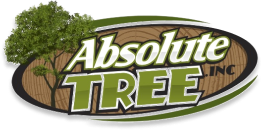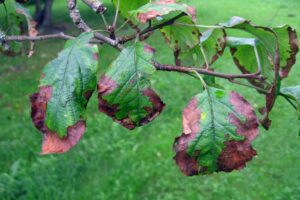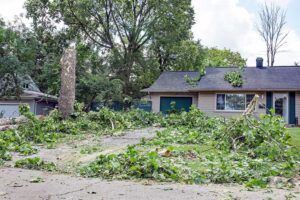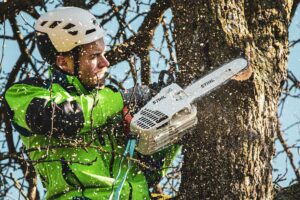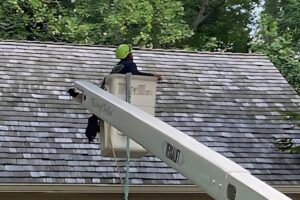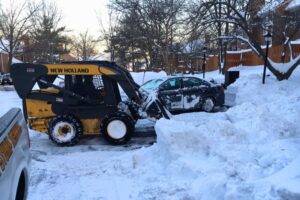What are the secrets to successful tree planting in Northern Virginia? The answer isn’t as simple as it might seem. With its diverse climate and soil conditions, the region presents unique challenges for newly planted trees. Additionally, you must consider the needs of individual trees when planting since each species has its own unique requirements.
It’s a lot to think about, but don’t be discouraged. By understanding your local environment and a tree’s needs, you’ll be able to plant the perfect tree and ensure successful growth and longevity. We’ll discuss this idea further by exploring:
- Northern Virginia’s climate and soil type
- Tree sun and shade requirements
- Proper watering methods
- Space requirements for your trees
So, let’s delve into the secrets of tree-planting success in Northern Virginia!
Key Takeaways
- Consider the climate and soil conditions in Northern Virginia when choosing a tree.
- Assess the amount of sunlight and shade in your area to select a tree that will thrive.
- Don’t forget to ensure proper watering when planting trees.
- Consider the space and size requirements of the tree to avoid future problems.
- Ensure successful growth and longevity by choosing a tree that is well-suited to the specific conditions in Northern Virginia.
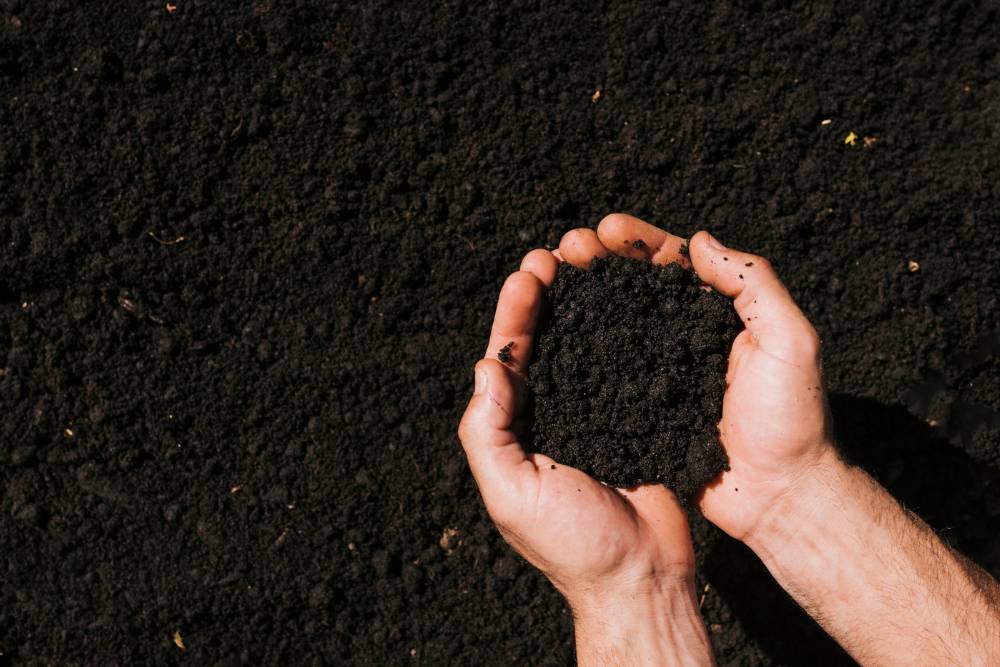
Soil conditions such as moisture level and pH are integral to tree planting success in Northern Virginia.
Northern Virginia’s Climate and Soil Conditions Impact Tree Planting
Understanding Northern Virginia’s climate and soil types is crucial for planting the right tree in the right place. When it comes to choosing the perfect tree, you need to consider the unique characteristics of the region.
Northern Virginia has a humid subtropical climate with hot summers and cold winters. The soil conditions vary across the area, with some areas having clayey soil while others have sandy or loamy soil. It’s important to know the moisture levels and pH levels of the soil as well. For example, trees generally need a soil pH of around 6.5, so if your soil pH is significantly higher or lower, newly planted trees may not get properly established, let alone thrive into adulthood.
By understanding these factors, you can select a tree that will thrive in the local environment. For example, trees like the American Holly and Eastern Redbud are well-suited for Northern Virginia’s climate and soil conditions. Some other great tree choices for Northern Virginia include:
- Downy serviceberry
- White Oak
- Flowering dogwood
- Scarlet buckeye
- Sweetbay magnolia
- White fringe tree
This is by no means an exhaustive list. Speak to a tree expert for more recommendations!
Virginia Tech has even more information on trees that will thrive in your Northern Virginia landscape. Read what they have to say here.
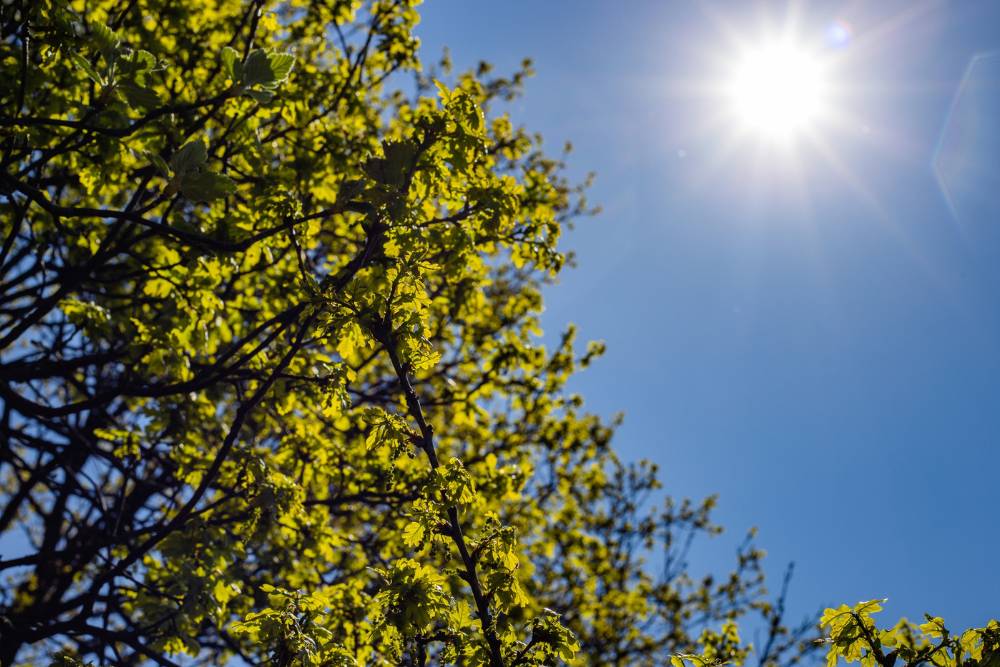
Too much sun or too little sun can be detrimental to your newly planted trees.
Ensuring Your Trees Get Enough (and not too much) Sunlight
Trees use sunlight to power metabolic processes like growth and development in addition to storing energy as starch for later use. That’s why sufficient sunlight is crucial to tree planting success.
On the flip side, too much sun can be detrimental to shade-loving trees, especially when newly planted trees are getting established.
That’s why sunlight exposure is such a crucial consideration for a tree’s overall health and longevity. Here are four key sunshine factors to keep in mind:
- Sun Requirements: Different tree species have varying sun requirements. Some trees thrive in full sun, while others prefer partial shade. It’s important to choose a tree that matches the amount of sunlight in your specific location.
- Shade Tolerance: Consider the amount of shade your chosen location receives throughout the day. Some trees can tolerate shade better than others. If your area is heavily shaded, select a tree that is shade-tolerant to ensure its growth and development.
- Direction of Sunlight: Observe the direction of sunlight in your yard. Trees with a preference for morning sun can thrive in east-facing locations, while those that prefer afternoon sun will do better in west-facing areas.
- Soil Moisture: Sunlight and shade affect soil moisture levels. Some trees require well-drained soil, while others can tolerate wetter conditions. Assess the moisture levels in your yard to select a tree that can adapt to the soil conditions.
If you purchase trees from a nursery or other commercial provider, check the tag affixed to the tree. It’s full of great information, including the species’ sun and shade requirements.
Watering Considerations for Tree Planting
Proper hydration is a crucial aspect when choosing where to plant your tree. To effectively hydrate the tree, follow these suggestions:
- Water deeply promotes downward root growth, establishing a robust foundation.
- Supply water regularly, especially in the early years, as trees need steady moisture. Water at least weekly, adjusting for rain and temperature.
- Utilize a soaker hose or drip system to slowly saturate the soil instead of wasting water.
- Water early in the day when temperatures are coolest so the tree can absorb the heat.
- Check soil moisture often by inserting your finger into the ground. If it’s dry up to the first knuckle, it’s time to water.
- Don’t overwater. In addition to wasting a resource, oversaturated soil can starve roots and invite fungal infections.
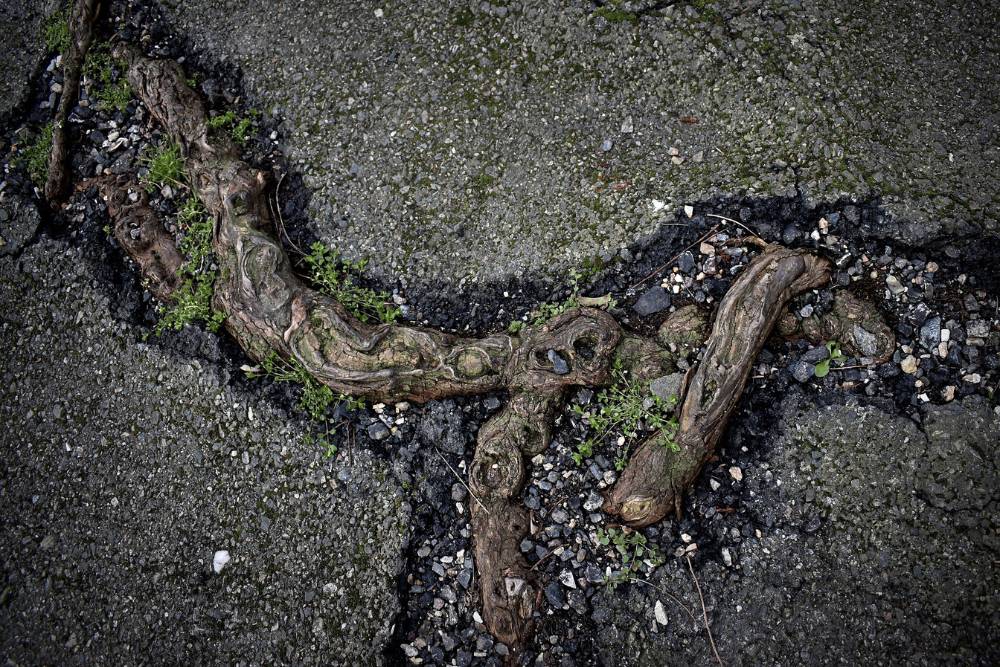
Trees are planted to0 close to utilities, structures, foundations, driveways, sidewalks, or roads can become a problem if their roots cause damage.
Assessing Space and Size Requirements When Tree Planting
Assess your available space and the size requirements of the tree before selecting. It’s crucial to choose a tree that fits well in your space and won’t outgrow its surroundings. Consider the height and width of the mature tree, as well as any overhead power lines or structures that could be affected.
You don’t want to end up with a tree that becomes a constant maintenance issue or poses a risk. Take measurements of the area where you plan to plant the tree and compare them to the recommended size specifications provided by nurseries or arborists. This way, you can ensure that the tree will have enough room to grow without causing any future problems.
Some problems overgrown trees can cause are:
- Encroachment on powerlines that can lead to power outages, fires, and even electrocution
- Contact with houses or other structures that can lead to damage or allow for pest infestations
- Overgrown roots that can interfere with underground utilities, crack foundations, and lift sections of sidewalk
Remember, planting the right tree in the right place is key to a successful and long-lasting landscape. It would be a real shame if a healthy, well-established tree began to cause issues that could have been avoided with a little planning.
Ensuring Successful Growth and Longevity
To ensure successful growth and longevity, it’s important to choose the right tree for the specific conditions in Northern Virginia. To recap, consider the following when planting your Northern Virginia trees:
- Climate and Soil Type
- Sun and Shade Requirements
- Watering Needs
- Space Requirements
By considering all these factors when preparing to select and plant a tree, you’ll increase your tree’s chances of success immensely, and by carefully selecting a tree that is well-suited to the conditions in Northern Virginia, you can ensure its successful growth and longevity.
Need Help Deciding What Trees are Right for Your Property?
Call Absolute Tree today at 703-969-6207 for an arborist assessment. Our certified experts can guide you on which trees are best for your yard and advise you on how to provide the proper care and maintenance to keep them thriving!
Proudly serving Arlington, Alexandria, Fairfax, and surrounding areas.
For the Absolute Best Tree Service in Northern Virginia, call Absolute Tree Today!
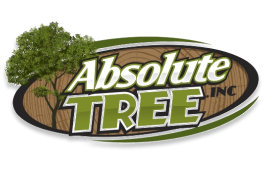
Author Profile: Ashley Davis
Over the last 19 years, Absolute Tree has grown a reputation as one of the premier tree service companies in the Northern Virginia areas. And there’s a good reason for this—we love trees and our passion for them shows. When you call on Absolute Tree for tree service, you aren’t just getting “some guys who cut down trees.” You’re hiring highly skilled arborists who understand the growth of trees and consider tree care an art form.
Stay Up-to-date!
Swing in each month for new articles, pest alerts, local resources, tree care tips, tree health updates, and landscape maintenance ideas
